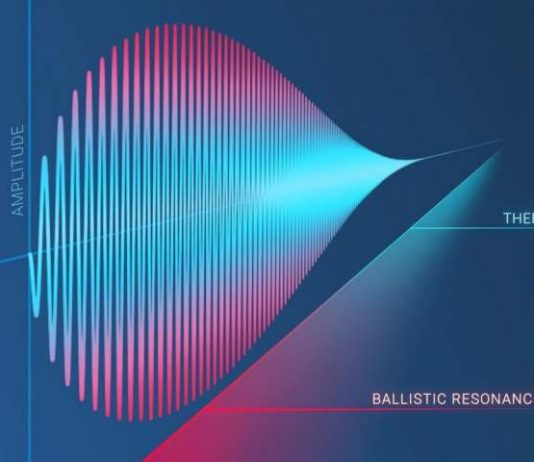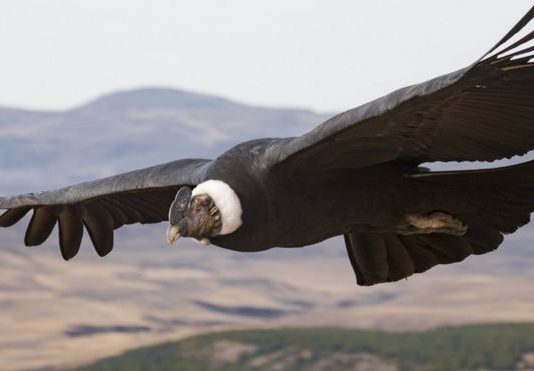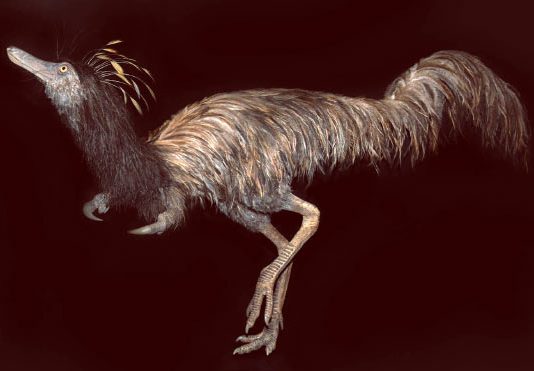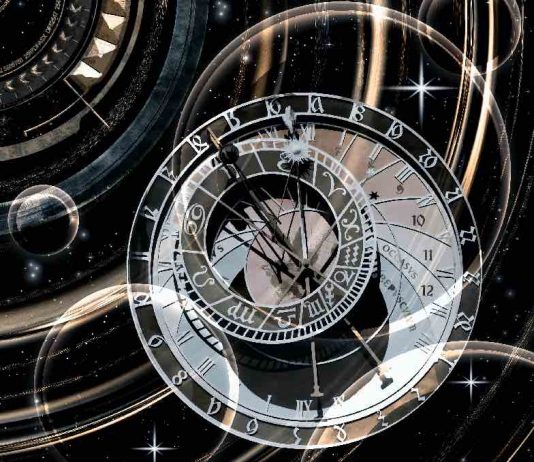Researchers from the Peter the Great St.Petersburg Polytechnic University (SPbPU) have discovered and theoretically explained a new physical effect: amplitude of mechanical vibrations can grow without external influence. The scientific group offered their explanation on how to eliminate the Fermi-Pasta-Ulam-Tsingou paradox.
The scientists of SPbPU explained it using a simple...
A group of worldwide scientists developing a new and more efficient way of harnessing and storing solar power have set a new record for efficiency, using cells designed and fabricated in Australia.
Their research is into the emerging technology of solar-flow batteries.
Solar-flow batteries combine traditional parts of solar energy harvesting...
Researchers have found large Andean condors are incredibly efficient, only flapping their wings 1 percent of the time they are in the sky.
The Andean condor—the world's heaviest soaring bird which can weigh in at up to 15kg—actually flaps its wings for 1% of its flight time.
The study is part...
One day, people could monitor their own health conditions by simply picking up a pencil and drawing a bioelectronic device on their skin. In a new study, University of Missouri engineers demonstrated that the simple combination of pencils and paper could be used to create devices that might be...
Researchers believe they have discovered a new, bizarre type of cosmic object that is invisible to all wavelengths of light except radio.
The mysterious rings have been dubbed Odd Radio Circles, or ORCs, as they "do not seem to correspond to any known type of object", according to a recent...
Fortunately, the ways in which we can peer into the mists of the void are increasing, and now include Kyoto University's 3.8 meter Seimei telescope.
Using this new instrument -- located on a hilltop in Okayama to the west of Kyoto -- astronomers from Kyoto University's Graduate School of Science...
Researchers unearthed a new dinosaur species that has been named it in honor of the mythical character 'Captain Hook' because of a unique hooked claw at the end of its arms.
Alvarezsaurids were typically small (between 1 and 3 m, or 3.3 and 9.8 feet, long) and had exceptionally short...
The smallest conceivable length of time might be no larger than a millionth of a billionth of a billionth of a billionth of a second. That's according to a new theory describing the implications of the universe having a fundamental clock-like property whose ticks would interact with our best...
Three countries — the United States, China and the United Arab Emirates — are sending unmanned spacecraft to the red planet in quick succession beginning this week, in the most sweeping effort yet to seek signs of ancient microscopic life while scouting out the place for future astronauts.
The US,...
A trio of theorists has modeled time as a universal quantum oscillator and found an upper bound of 10−33 seconds for the oscillator’s period. This value lies well below the shortest ticks of today’s best atomic clocks, making it unmeasurable. But the researchers say that atomic clocks could be...

































